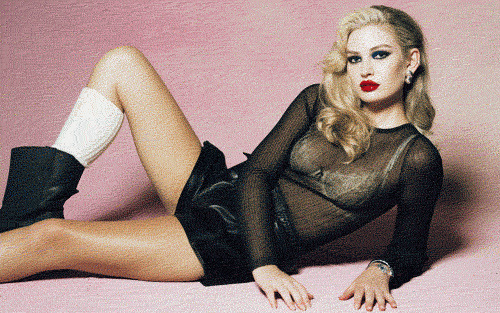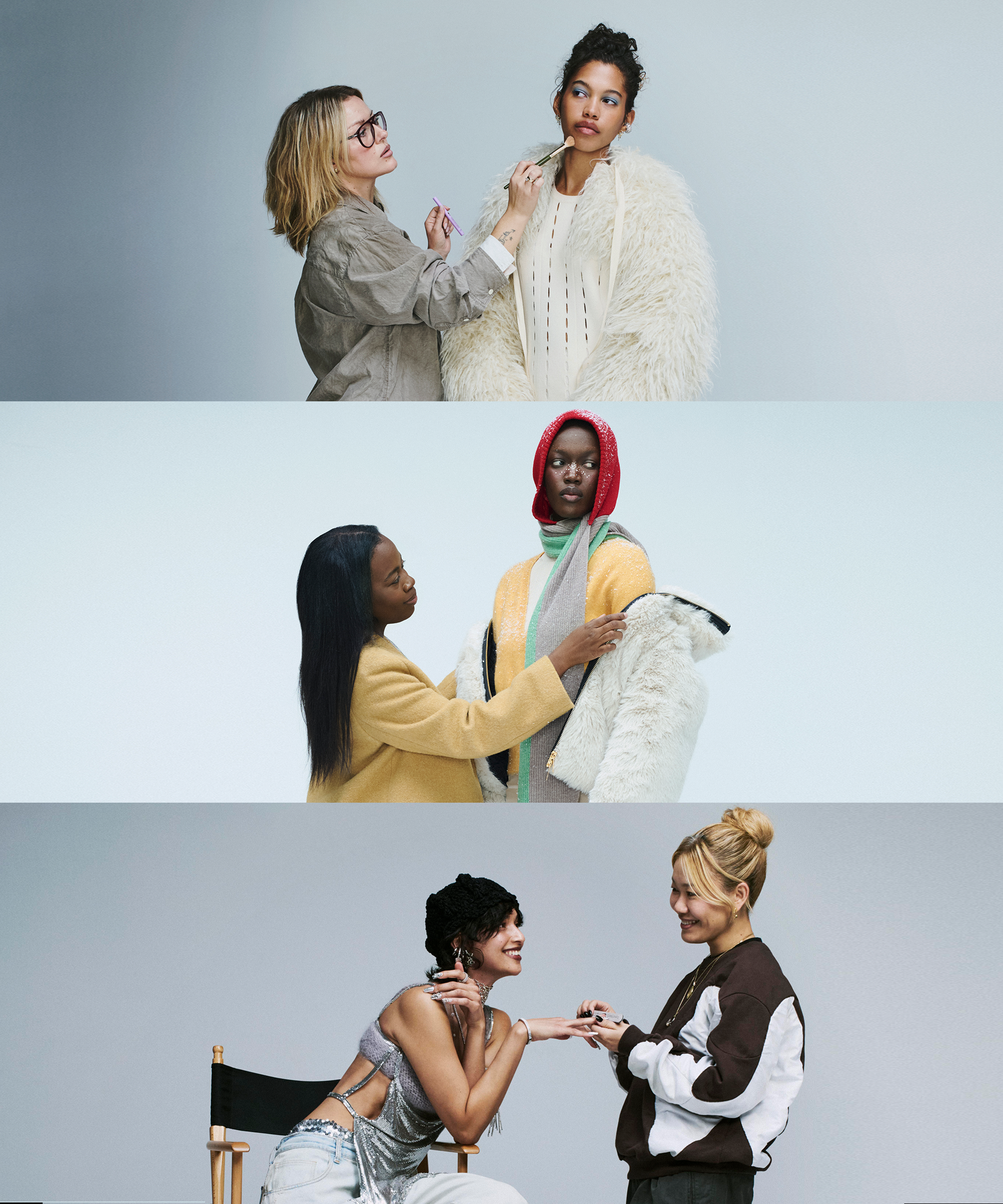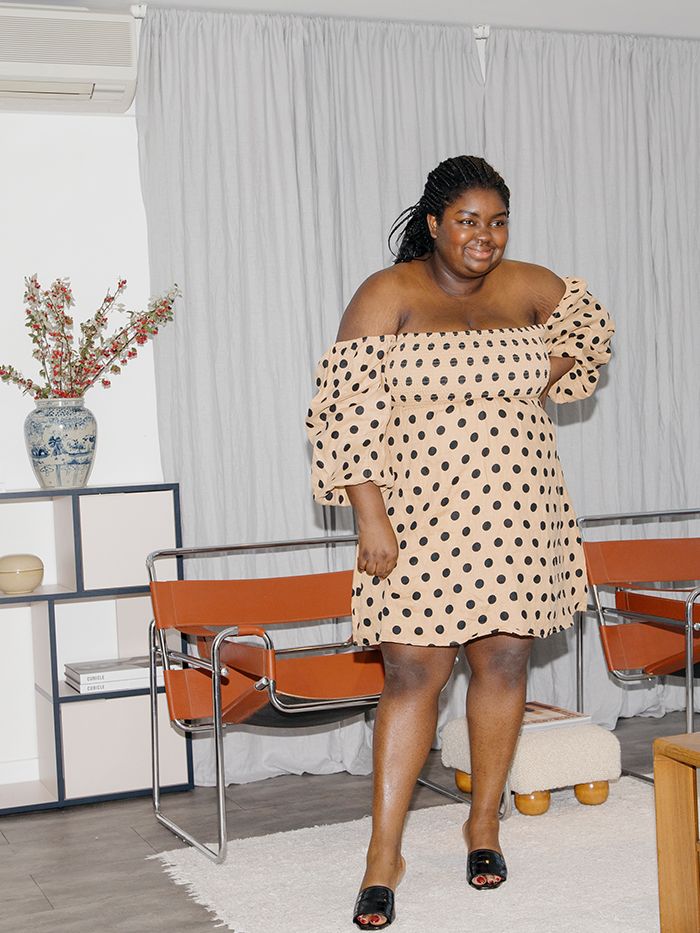
Welcome to the latest highly exciting instalment of Who What Wear UK’s Best Wardrobes in Britain. It’s where we do exactly what it says on the tin: delve into the most fantastical, awe-inspiring, and downright influential wardrobes. We’re honing in on the women who cause the street style photographers to press their shutters as much as the characters you don’t yet know—the ones who fly under the radar with secretly incredible clothing collections.
Earlier this year on Instagram I saw someone share a list of people that they would trust to effectively manage the nationwide vaccination plan—one person on that list was Abisola Omole. No, she doesn’t work in politics or project management or the health sector, but is known by her industry peers as someone who just gets things done. As a teenager her fashion blog gained her a place at London Fashion Week, but once inside she experienced how unwelcoming the old guard of the industry can be—and so she decided to make her own space where her peers who were working in digital could write about the shows and feel like they belonged.
This turned into a successful business ‘The Apartment’, which was a hub for those working in digital at fashion week in London, Paris and New York. This project led to her setting up her own digital and creative agency which specialises in event production and staging and digital strategy, but this is just one of the many businesses Abisola now runs. She is also the Creative Director of Studio Arva, an interior design company with two beautiful London studios, and she is currently working on the launch of a plus-size fashion line and a collection of interiors products. While Abisola doesn’t see fashion blogging as part of her career path, she continues to document her outfits on Instagram because of her commitment to advancing the representation of plus-size fashion.
Join Abi at Studio Arva in North London to see her beautiful, timeless wardrobe and to read her tips for shopping for plus-size clothing without compromising on style.

Have you always been interested in fashion?
I don’t think there was a huge interest more than the average teenage girl. But I was really into computers and the online world, and so I started to create my own websites and different digital presences. But when I decided to start a proper website, I chose to focus it on my outfits. I was 15 and doing my GCSEs. I can’t say I had amazing style, but the idea was that I was documenting what I was wearing and in doing that became more conscious of my style and became more adventurous. That was an interesting time for me, experimenting with clothes. It was through that process of documenting my outfits that I developed a greater appreciation of fashion. Also I’ve always technically been plus size —right now I’m a 20/22 and when I started the blog I was about a size 14. It was always a struggle for me to find clothes, so that was part of the documenting process too. I’d find an outfit I really liked, and try to recreate it in my size. It was rarely easy, but that was the journey and the fun of it.
Finding clothes on the high street at that time was essentially impossible, but I was into vintage (mostly menswear due to sizing availability) and started buying a lot from eBay, living in blazers and plaid tops and a lot of leggings. It was really hard to find jeans that fit and it was only in the last couple of years that I’ve been able to find jeans that are truly in my size. I had to adapt to what was available to me, but instead of being pushed away from fashion, a sense of determination kicked in, to keep looking. I fell more in love with fashion because I had to work harder for it. Late last year, I was working on a feature about jeans, and I realised it wasn’t until quite recently that I could go to Levis and get jeans in my size. So to now say over 15 brands have plus-size denim is wild to me. It’s encouraging to see brands improve and try to work to be more inclusive, but there’s still much work to be done.

What items are the most difficult to find in plus size and which areas have the most work left in terms of size inclusivity?
I really struggle with finding stylish plus size evening-wear. You’re either going to get an Oscar de la Renta gown, which is great but not exactly affordable or you have the option of an ill-fitting, less considered look from a fast fashion brand that doesn’t quite work. There’s rarely anything in between — for the past few years I’ve been invited to the BAFTA after party that takes place at Annabel’s and last year, all I wanted to wear was a simple, floor length, silk flowy dress. I found them everywhere up to a size 16 but couldn’t find any in my size. In the end I just got a jumpsuit, which was chic but it was really sad that I couldn’t find a simple silk dress anywhere. There are more options when it comes to casual-wear and workwear, but evening-wear is at the forefront of my mind as being very difficult to shop.
As for an area that requires work, I’d definitely saythe correlation between buying plus size, whilst staying sustainable. People, when they think of sustainability often just think of production or things being fast fashion or not, but to me there are so many additional elements to consider that are equally important, from the price point to the diversity in the team behind the collections. I just wish people would have the same energy, they reserve for criticising plus size women for wearing fast fashion, as they did for creating more all round sustainable options for us to wear.

Which brands do you think are the best for plus size options?
No one is perfect, but there are some places that I find much better than others. Violetta by Mango is one of the best on the market when you look at affordability and style. It can be really hard to find cool style-led pieces, but Mango is really trying to deliver that. I’m also very impressed by Karen Millen which has some really strong plus size pieces. I’m a “small plus size” and so I can still get something from the likes of Massimo Dutti, & Other Stories & cool-girl brands like Ganni. I’m only able towearthesebrandswhen the pieces arestretchy and/or oversized, not because they’re actually my size. I don’t know if I’m missing something, but if you can create an oversized & slouchy pieces, why can’t you simply create plus size clothing? I’ll never understand.
Certain high street brands offer the biggest size ranges, but then people can be criticised for wearing fast fashion—what do you think of that?
It’s a little bizarre to critique people for embracing the limited options available to them, but what I will say is that it’s typically individuals who are not plus size that seem to have so much to say about the “fast fashion plus size issue”.A few of my friends are influencers in the US and they regularly work with fast-fashion brands, and receive a lot of online criticism because of this— and sure, we’re all entitled to our own opinions, but then it’s also like ‘where else can they shop though?’ When you get to a certain size, there just aren’t options. This level of ignorance annoys me so much and especially as it would be naive of us to think that just because some brands are expensive, they’re any better. This negativity and lack of understanding need to disappear. It’s a similar arguement to when people complain about parentswho feed their kids frozen food—not everyone has the money to give their kids kale crisps and shop regularly at Whole Foods. Obviously there’s no issue with doing so, it’s just not a realistic option for so many and it’s quite sad when all that pressure is put onto people, and there’s not much else they can do.

You said you used to wear a lot of vintage—how do you find vintage shopping for plus size?
One of my friends Chloe has a vintage store called Slow Vintage Shop and I did a collaboration with her and we spent months sourcing vintage that would specifically cater to plus size individuals. The collection had a fair amount of menswear and we had to really dig to find chic pieces we were happy with. Once we launched we had to encourage straight-sized shoppers to not buy from the collection, as history has shown that the small percentage of pieces that are available in bigger sizes is substantially reduced becausesmaller shoppers seek oversized pieces. That was a struggle because you don’t want to police these things, but then the whole point of why we did this was because the vintage plus-size world isso small and it’s really hard to find great pieces.I remember times when I’d be in Paris for fashion week and my friends and I would go vintage shopping.They would find the most incredible pieces, vintage Valentino, Dries Van Noten etc and end up buying the most amazing items, and I’d often leave with nothing, as nothing ever fit — though one time I did buy a pair of leather gloves. There’s still a long way to go–if brands are only just starting to create inclusive clothing now, and therefore didn’t do it in the past, you’re just not going to find vintage plus size clothing—they just didn’t exist.
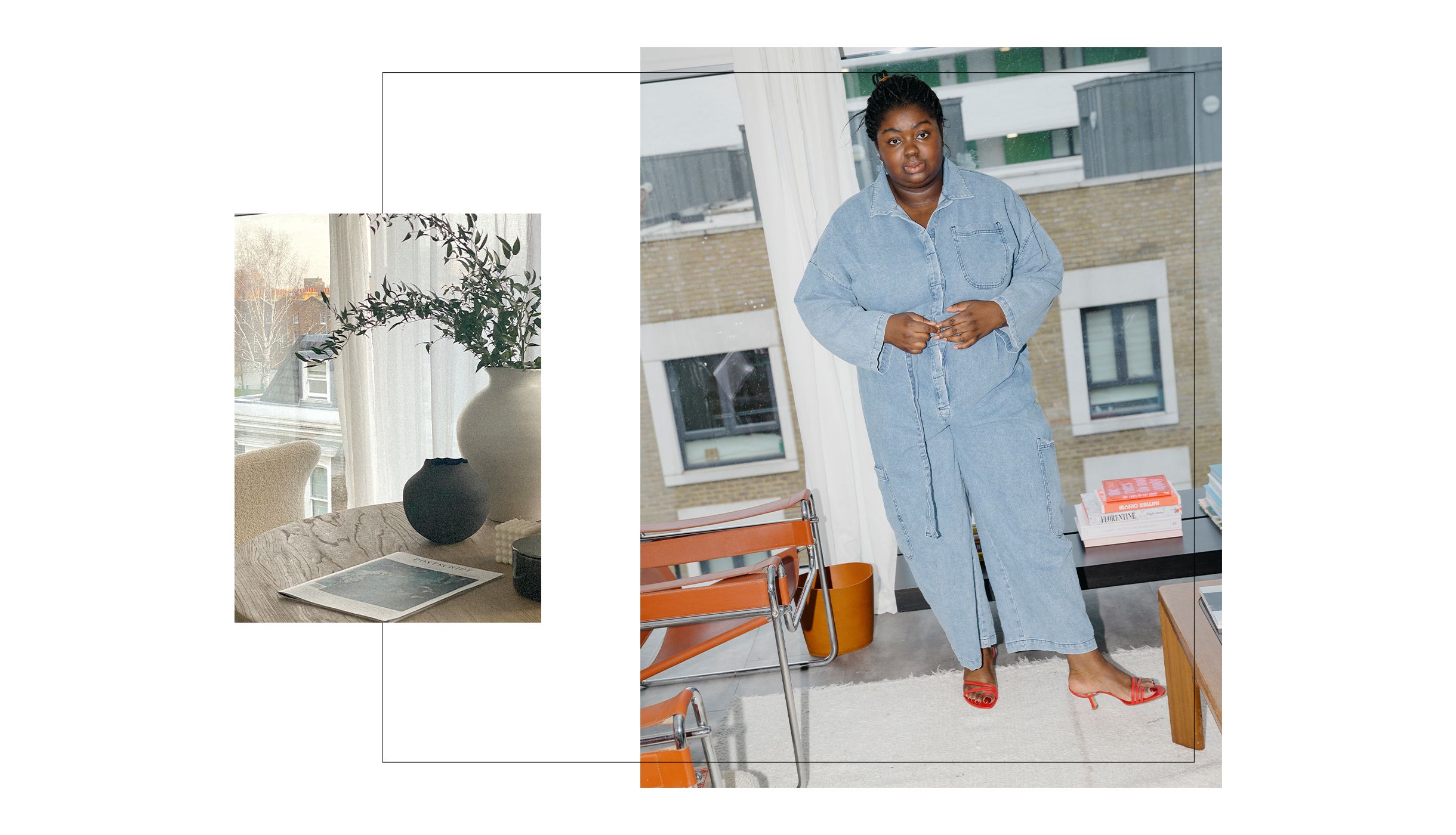
You’re working on your own fashion line—what is your idea for that?
It is a self funded plus-size premium fashion line. It’s going to be beautiful curated pieces and, similar to what I said about what is missing in the market, there will be a lot of evening-wear. I want it to be that with every drop you, want to buy all of it. They’ll be released in capsule collections of 8-12 truly timeless pieces. They’llcome out around twice a year and will be all available on pre-order, which is a sustainable and smart business model, especially when you know the figures around the waste in the fashion industry. There will be chic coats, dresses, skirts, jumpers and co-ords — basically pieces that I’ve never been able to find in my size. The line will feel like Gabriela Hearst meets The Row, but it’ll be affordable go up to a size UK 28.

How would you describe your own style?
I’d describe my style as grounded in comfort andpredominately featuring items that are soft. I love cashmere, wools and anything that is really warm and cosy. Everyone says ‘Abi your style is so minimal and Scandi’. And I’m like ‘Is it?!’ I just like tonal looks, creams, whites and beiges and to be at peace with my colour palette. As strange as it may sound, I am awake for most of the day and am always on the go, so an outfit needs to help guide me through the day, ensuring I’m the most optimal I can be, so being either comfortable or tonal and so it is peaceful to look at, is important.
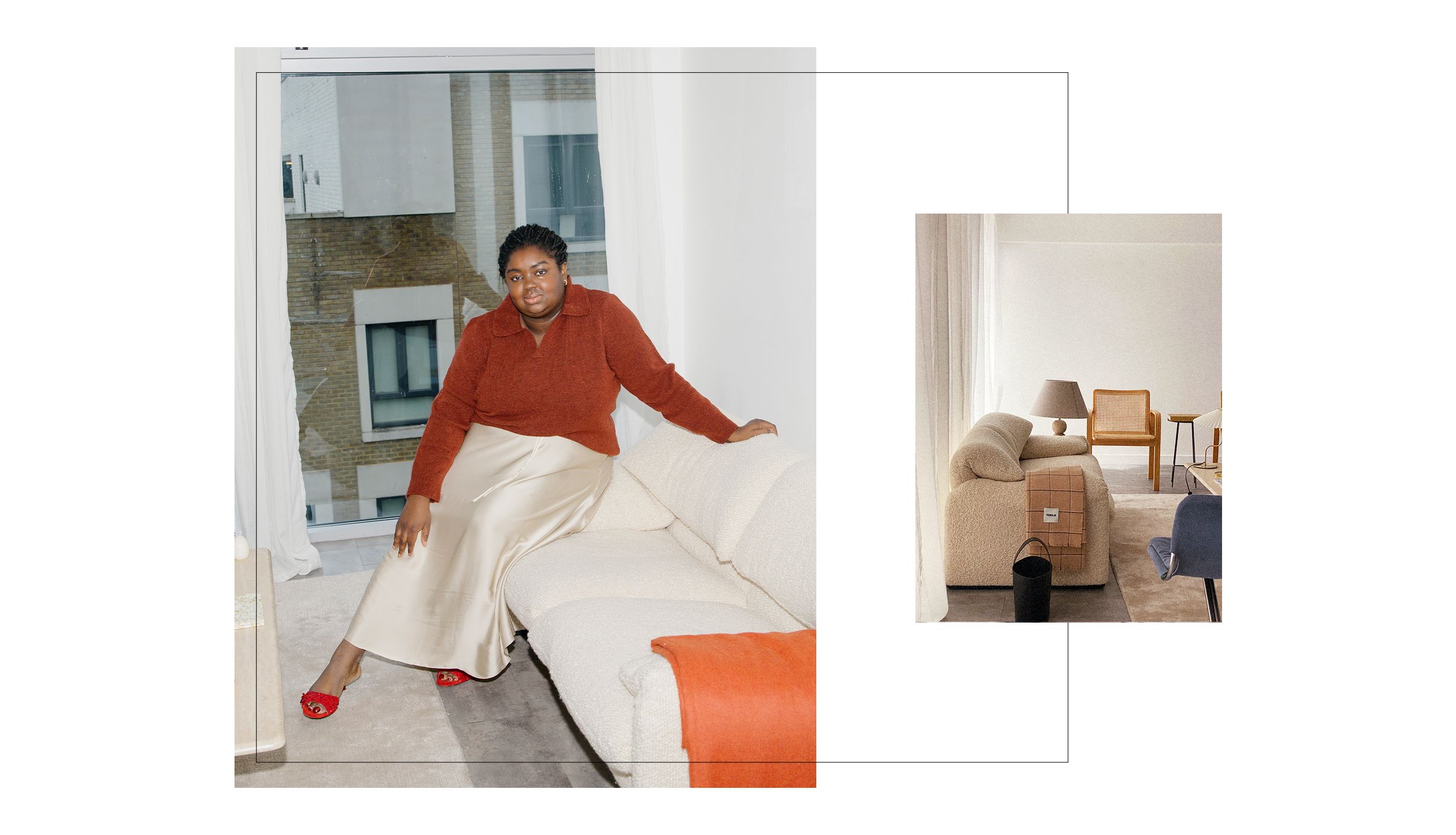
What are classic pieces you know you’ll always have in your wardrobe?
When I was 18 I got my first cashmere jumper and was like ‘YUP this is for me.’ And ever since then I think cashmere jumpers are the one. There is something so premium and soft and so luxurious about having cashmere that I don’t think I’ll ever get over. My goal is to have cashmere everything— rompers, co-ords, everything! It’s hard to find cashmere stuff in my size, so when I do I’m very into it. I don’t usually wear many trousers or jeans because I find them to be very uncomfortable because people don’t make them for our bodies. Jeans just don’t come naturally to me like they do to many people. I gravitate the most towards dresses and jumpers. A typical outfit for me is a silky dress with a cashmere jumper and a big blankety coat—it’s cosy, sophisticated and easy. I always try to create outfits that look premium, high end and formal, but with trainers because comfort is so important to me, especially when running events.It’s important that I put together a wardrobe for a busy and practical person, while also remembering that I’m the face of my companies.
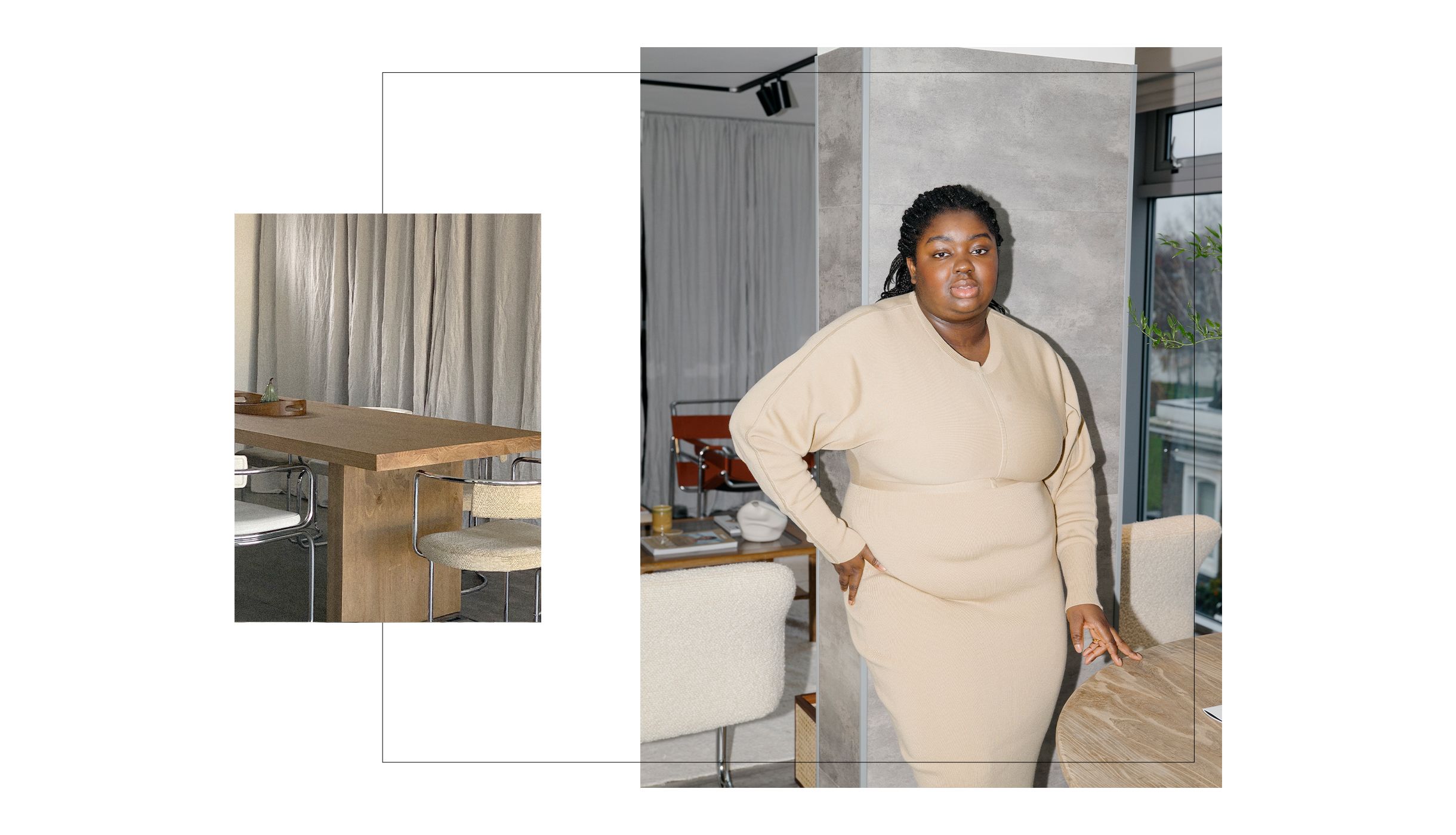
Do you think you’ll always share pictures of yourself on Instagram—is that important to you?
It’s not necessarily important from a career perspective but it is from a representation point of view. I post photos because I want to continue to advance the representation of plus-size women in the industry. I’m aware, without being overly pretentious, that I have good taste. Perceptions of the plus size industry are often that we “lack style” or don’t have “sophisticated taste levels” and so that’s the excuse used for not taking us seriously and so I guess my content is trying to say “I dare you to continue with that mindset”. The amount of messages I get of people that say, for example ‘I had no idea where to get jeans from, thank you’ or ‘it’s so great to know i’m not alone in my experiences’ is encouraging. With my fashion writing and pictures, I’m starting to feel like I have a responsibility. It’s fun and Ienjoy it, but I feel like I have a duty to use whatever experience and influence I have in the best way possible and I don’t want people to look at plus-size content or edits as ‘lesser than’ —I want people to look at my work and not even realise that it’s for the plus size community, I want it to seamlessly become a part of their everyday consumption.
You mentioned your line will be affordable, why is that so important to you?
My Instagram feed is filled with Gucci, Dior, Chanel, Bottega, which is great but it’s just not real life—well not for me and not for many other people! It’s all well and good saving for an investment piece, but there’s something to be said for dressing really well and consistently, but on a budget. I don’t like the stigma that surrounds people who buy more affordable versions of things — we can’t all afford a wardrobe full of Jacquemus. If people can achieve great style, and it be inclusive both in sizeand in price, then that is just amazing. By the way, don’t expect me to pat brands on the back when they decide to expand their size and price offering, it’s great but everyone should be doing it anyway!
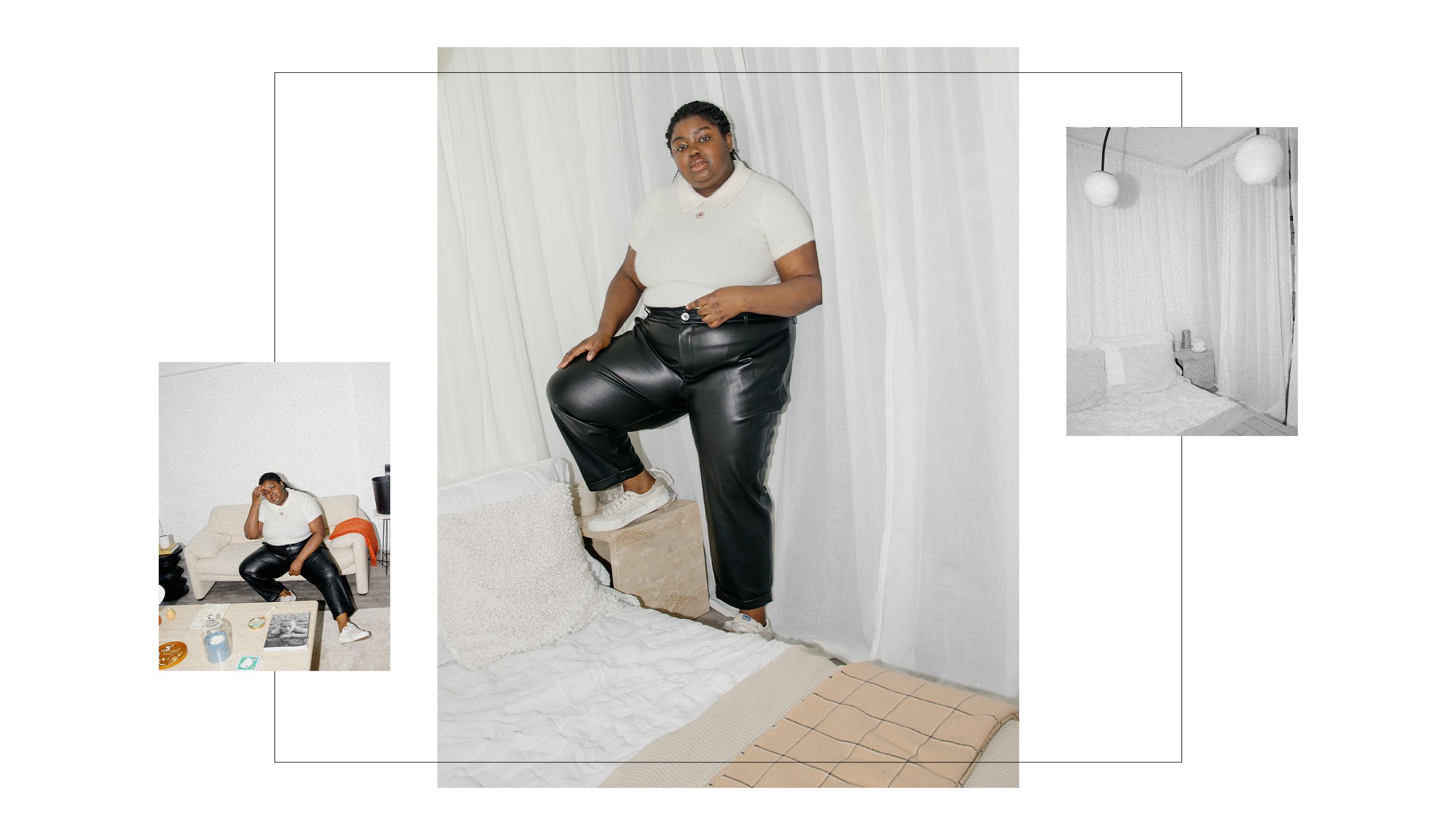
When did you start going to fashion week and when did you set up the Apartment?
It was my second or third time going to fashion week as a blogger and I was freelancing for a couple of sites like MSN. I remember being in the official press lounge, and I had my accreditation and was feeling really proud of myself, especially as I was only 17 at the time. A ladyasked me, whattitle I was from?, and I said I had a blog, and she just looked at me as if to say‘why are you here!?’ And abruptly walked away. I was so excited to be there and it was such an awful experience, I just remember thinking,if you were working online or for yourself, youclearly weren’t welcome. So I thought we needed a place where we did belong and could work. It wasn’t until the third time I went that I thought that I’d get an apartment where we (the online community attending LFW) could work from, establish industry relationships and finally feel apart of the fashion industry. I had been blogging for about four years and so had established good relationships with brands, and so was able to leverage that influence and those connections to get brands to sponsor the event. It wasn’t anything huge, for the longest time my dad would joke about the fact that I charged a huge phone networkjust £700 to be our title sponsor for the space but I was just so excited. At the time, I was also working part time at Paperchase and using that money to fund it all,so I was just happy that I wasn’t broke and couldcover my costs. The first one went well, and then we got approached by Microsoft to sponsor the second one. And I was like ‘the second one?!’ Fast forward andthe company grew —weheld apartments in New York, London and Paris. It startedfrom a place of necessity and needing somewhere to foster our community and not be around hostile print magazine editors but it truly became something incredible and I’ve made life long friends and colleagues andhave learnt so much.

It’s amazing that you created a kind, welcoming and inclusive space…
From making £6.50 an hour at Paperchase, to then suddenly having enough money to hire out huge spaces in Covent Garden and transform them into fun, fashion experiences, all at the age of 19—it was all wild to me. It was always in an apartment or private members club setting because I didn’t want it feel like a press day, but to feel like you were at your cool friend’s house or favourite hang out spot. The overall aim and all I really wanted was to make an inclusive space, but there were so many new variables introduced over the years, from additional responsibility because brands were paying thousands of pounds to ensure the right people were seeing their collections to guests wanting to bring their friends and even sometimes family members, all the while trying to build a career and so keeping everyone happy was an impossible task.
You want to be able to invite everyone, but with areas like our wardrobe, where guests could rent pieces to wear during fashion week, it was tricky. One season we had watches worth up to £8k available to wear for the week. The moment we became responsible for our sponsors items, I had to be careful with our guest list, as now there’s an element of trust needed and regardless of whose fault it was, if something went missing, I was liable. This meant a level of exclusivity was introduced and naturally not everyone liked this but I always tried to be fair and to strike a balance between keeping our clients and the community happy.
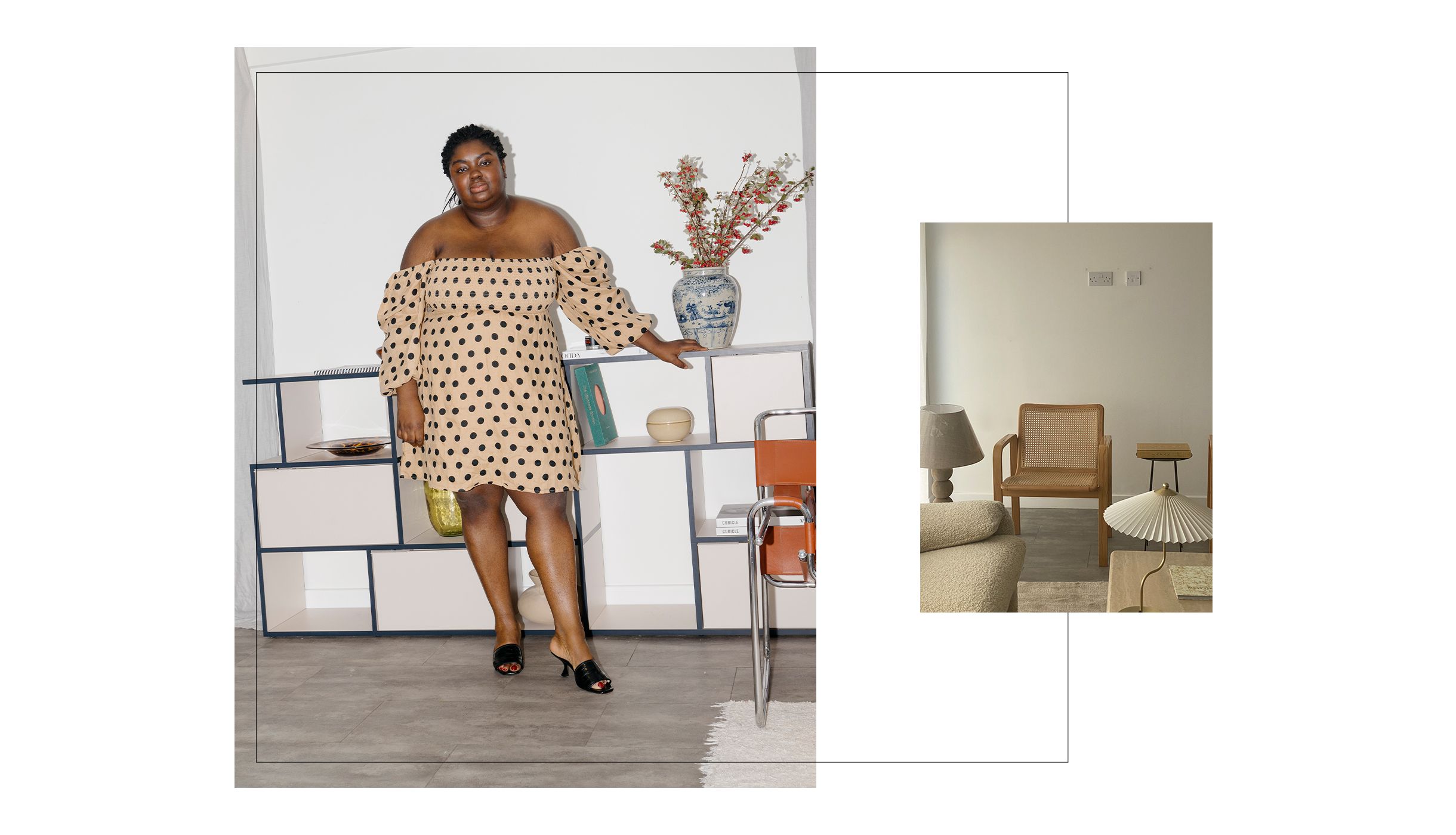
Then you’ve turned your business more into studio hire and event production. Tell me about that!
We started doing more event production, and naturally started doing more set design. My love of interior design just came from the sheer amount of events we had to style and create from scratch in these blank canvas locations. I got really, really into furniture and started sourcing more and more pieces, and learning about different designers, so as I developed each space it became more and more refined and I felt like I was really finding my design voice. It got to a point where we didn’t want to rent furniture for our events anymore and started to purchase them instead. Eventually we got a space in Leyton to be our storage and office, but I decided to lay it out in situ and then people started asking me about renting it out. One of H&M’s brands did a shoot and private event there, and so we transitioned it in 2019 into a full blown studio that anyone, personal or commercial could hire. It wasn’t planned, but I’ve always wanted to have a hotel one day, so this seemed like a logical and natural step in the right direction. I decided to brand it Studio Arva and over time have been doing private interiors projects for people’s houses and offices and have opened a second studio, located in Islington.
I’ve always known that I belittled my achievements, but one of the things I learnt from the Black Lives Matter movement is that, it’s okay to say ‘this is amazing and I am successful & doing well’. So I decided around July 2020 to officially add interior designer to my list of professions. I was conscious that I didn’t want to come across as proud, but I had to state facts at this point, or else no one was going to know all that I did. I’ve previously completedhuge projects and you’d never even know about them. It wasn’t on purpose, my team and I were just busy and never saw the value in shouting about our work, but I now realise it was potentially holding us back from the even bigger projects, because people didn’t know what we were capable of. Just seeing the opportunities that have come my way over the past few months, has really ensured that I now understand the value and importance of sharing what I do with the world.
I’m trying to own more of what I do and the skills I have, with my new found confidence. I remember we’d have meetings a few years ago and I’d say ‘Hi I’m Abi, I work at The Apartment.’ And we’d all sit around and the clients would be like ‘so who is in charge?’ And I’d respond saying ‘oh hey, that’s me!’ I’d always introduce myself as working at The Apartment, rather than running it. Owning my position isn’t something that came naturally to me, especially as I didn’t want to come across as arrogant but in order to truly grow, that’s exactly what needed to happen.
Do you see interiors as an area you want to move more into?
Right now my team and I are working on quite a few interior related projects, including the development of a line of interiors products, so yes I definitely see myself being more present in the interior world —for now. One thing I’m often criticised for online, is for looking like I’m working on too many things at once. I don’t disagree but I am very conscious of my time here on earth and I just want to do ensure that i’m following God’s plan, whilst having fun and trying new things. If Studio Arva is a period in my life and then I move on, that’s fine! I don’t feel like I should continue to do things just because it’s expected of me. I want to be happy with the work I’m doing, and so I see my companies as projects rather than companies, so I can remain flexible, accept they might have an end date and just go where I feel led.

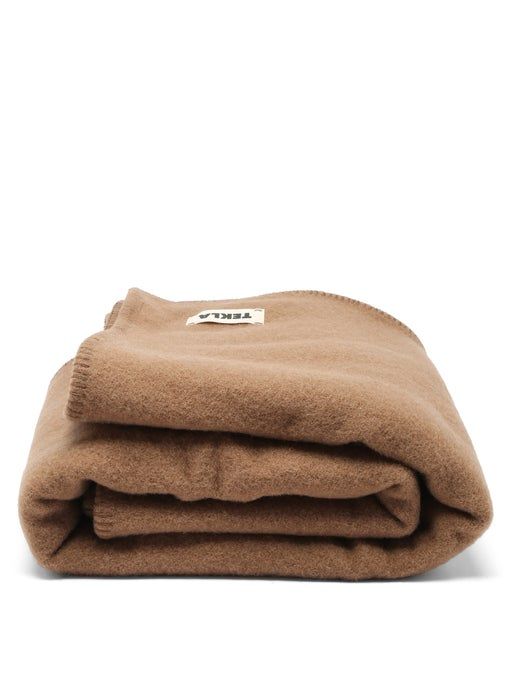
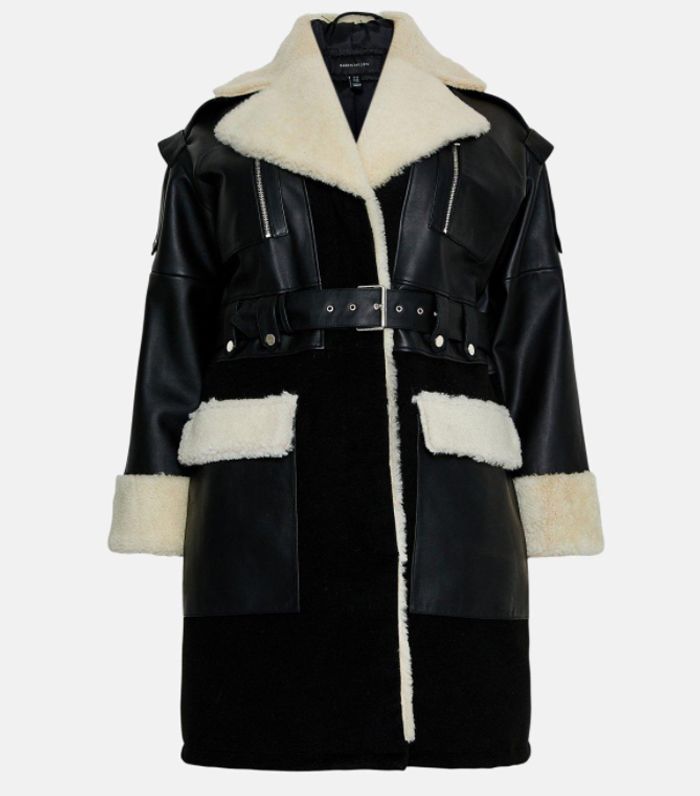
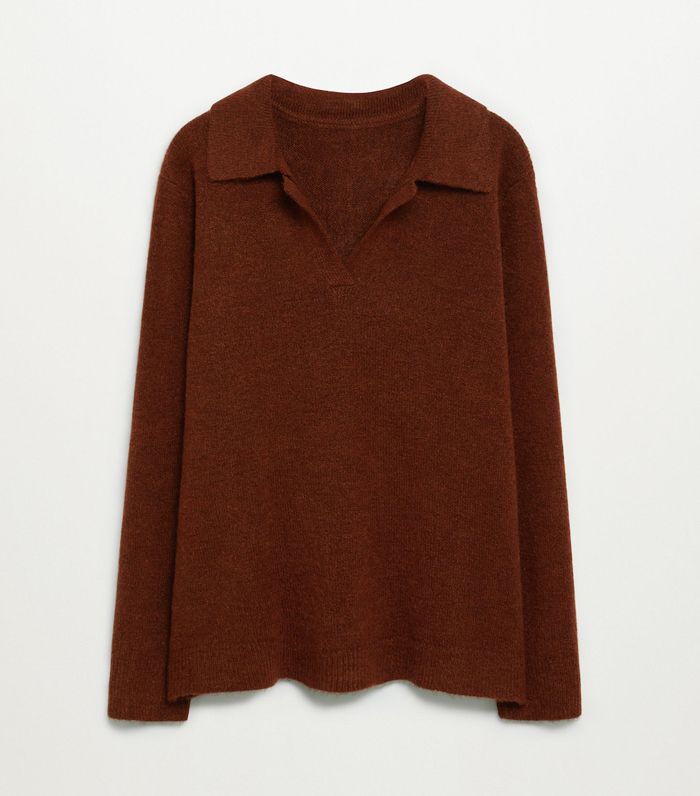

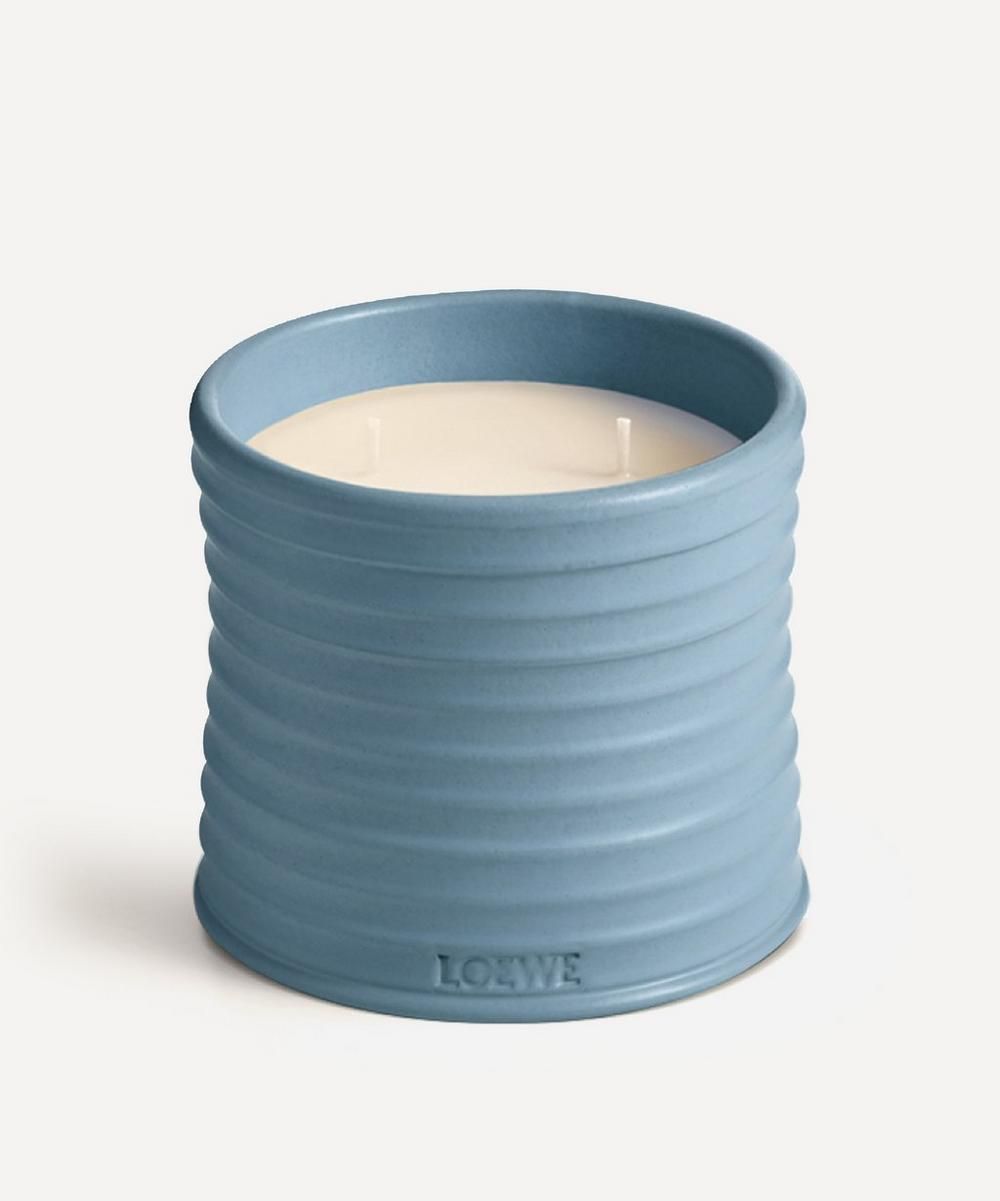

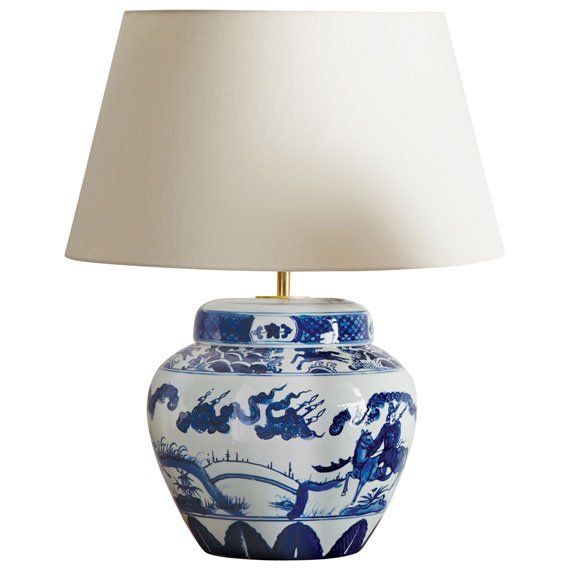
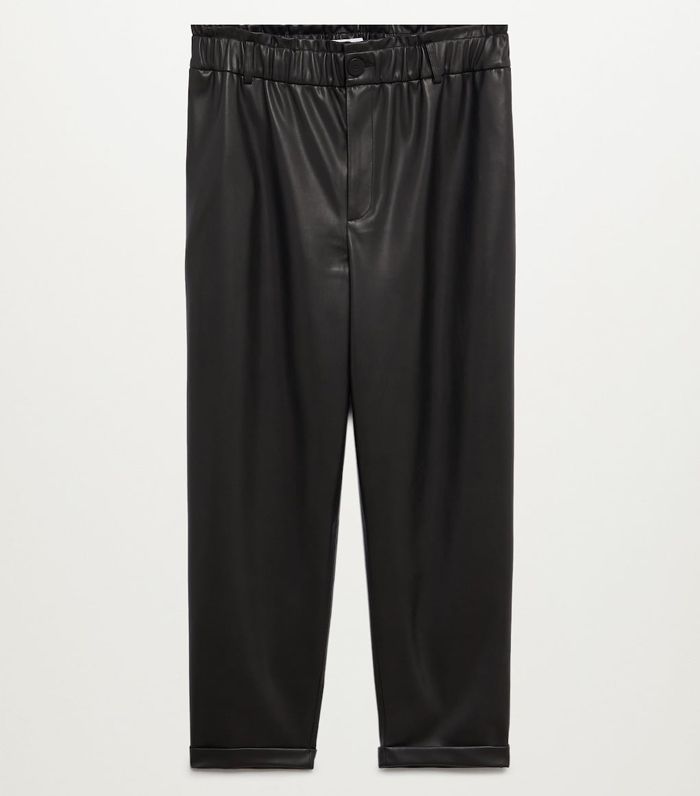
Thanks for having us, Abi!
This shoot was photographed before lockdown, in line with social distancing guidelines.


